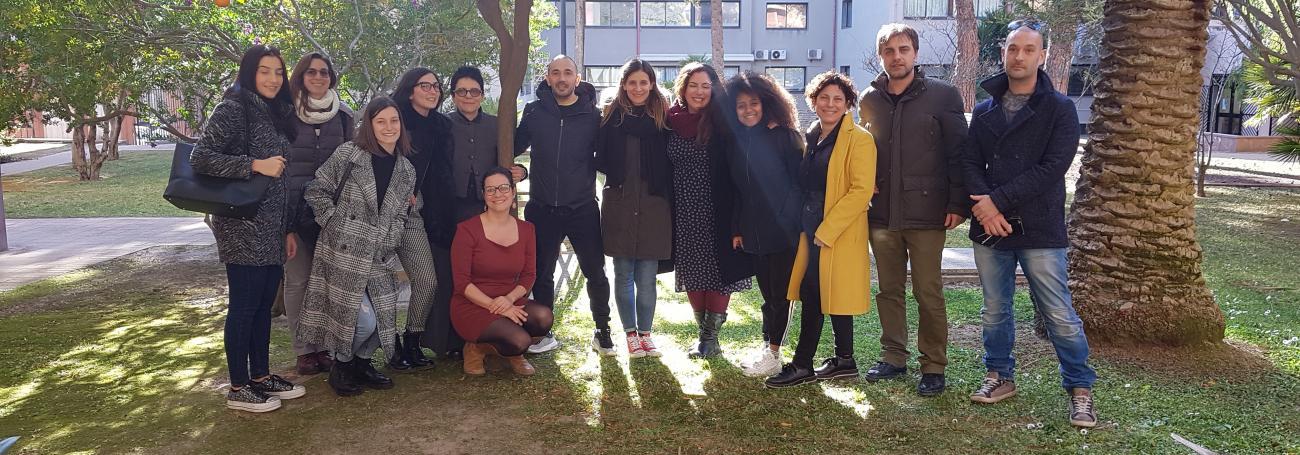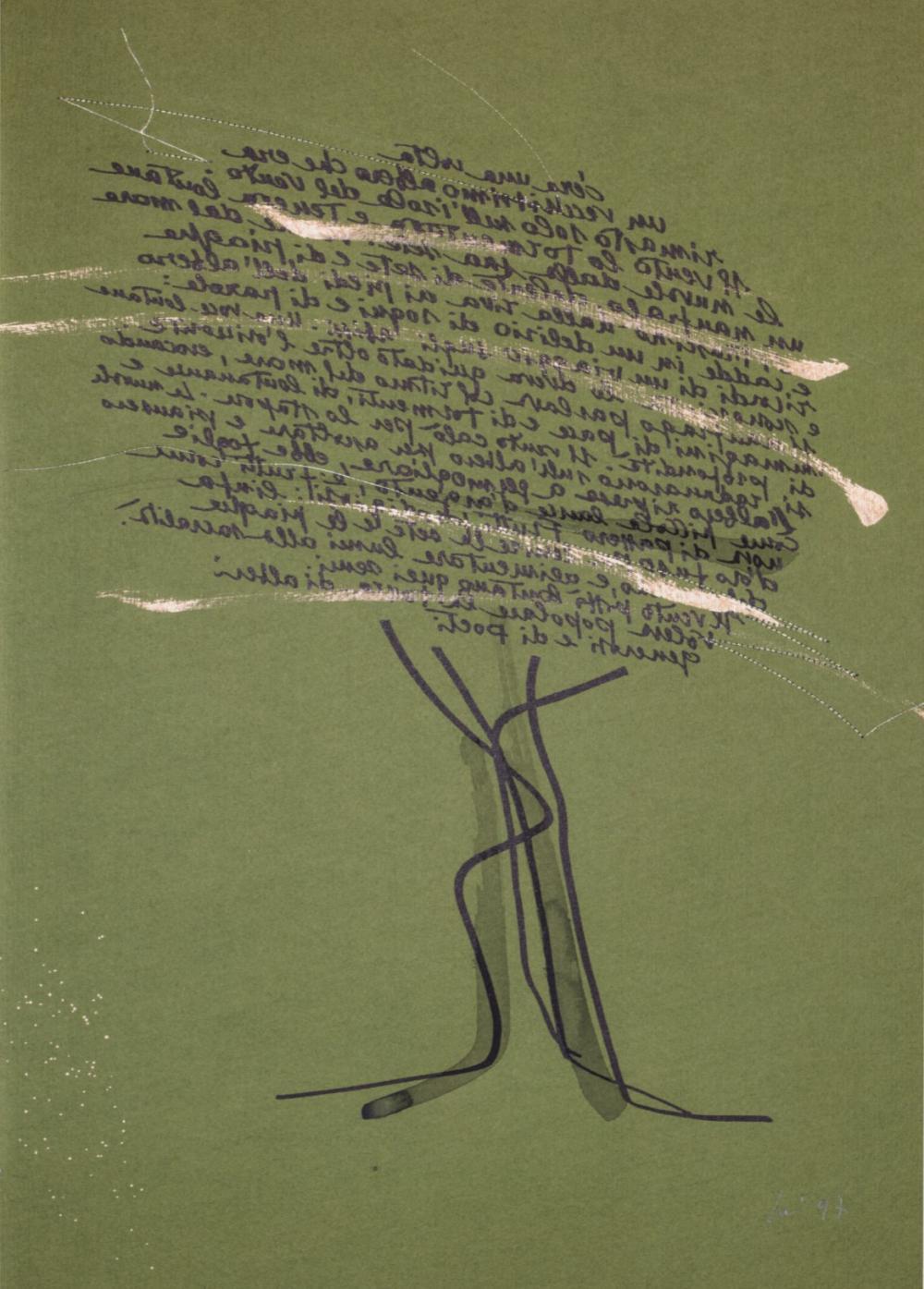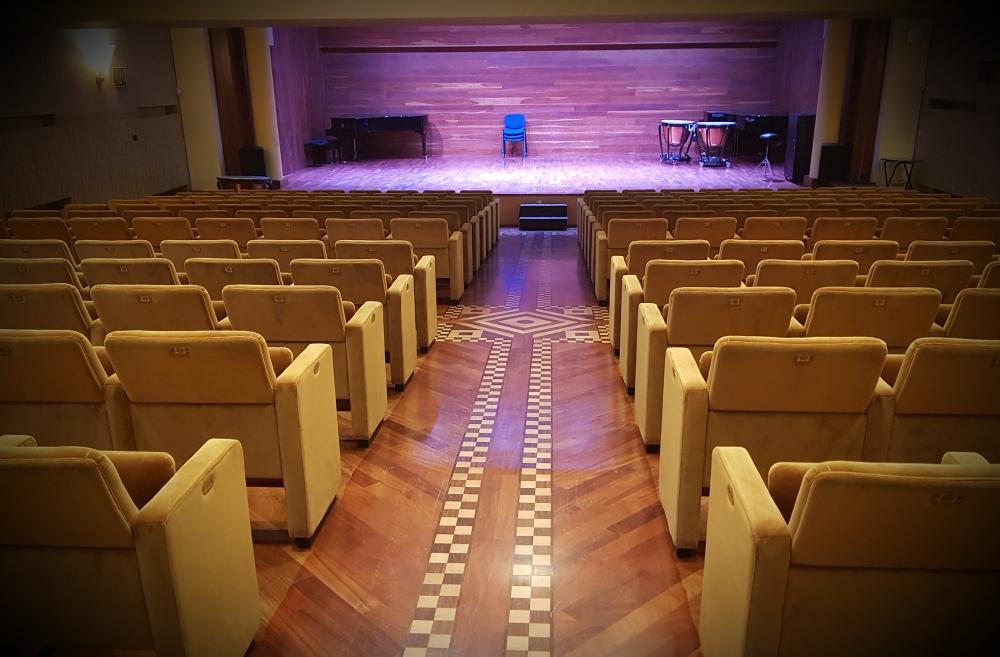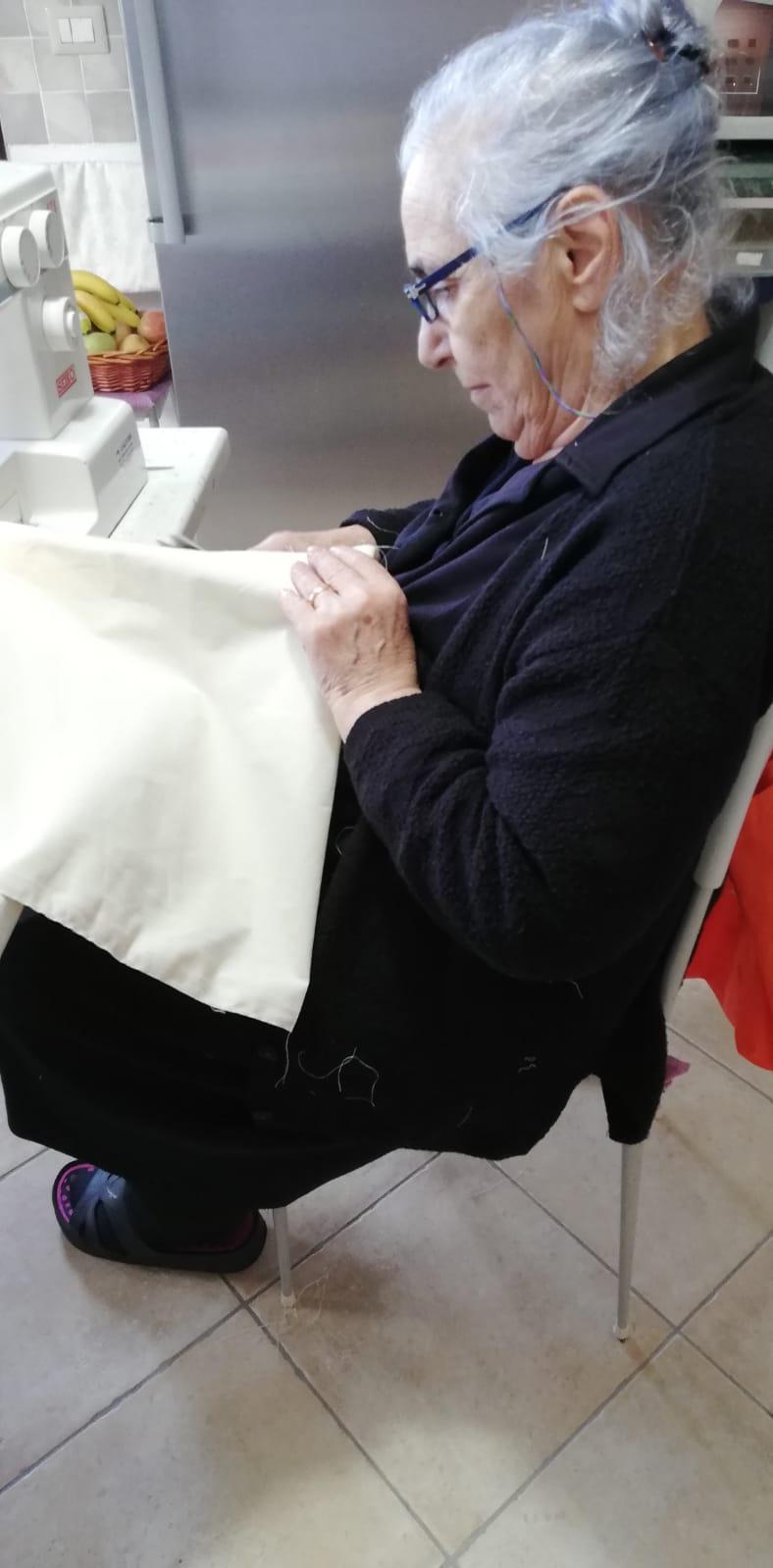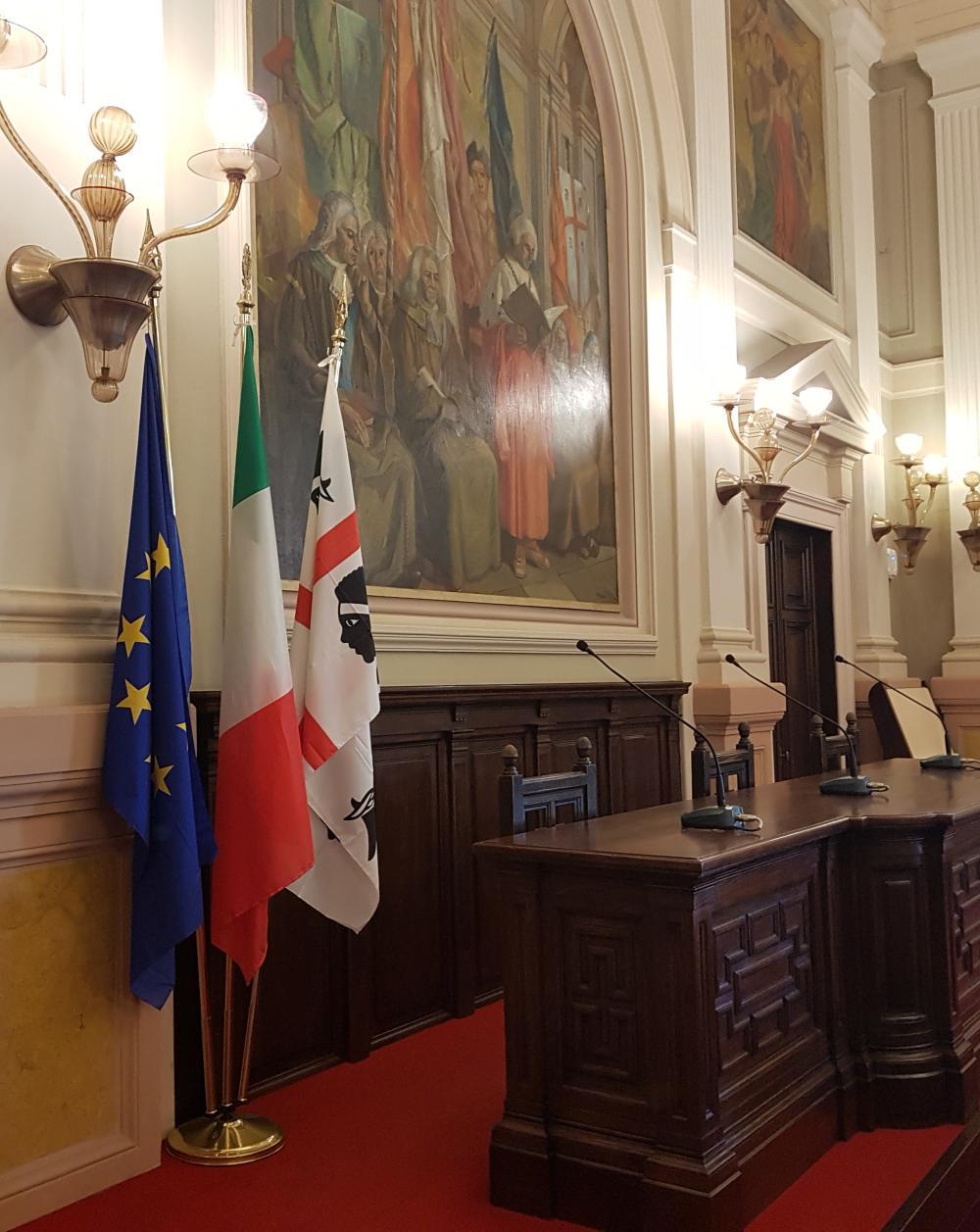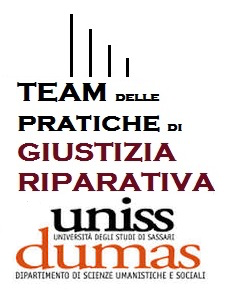Gian Luigi, how did the Team develop Tempio Pausania Restorative City in Sardinia?
We had a dream, the dream of a new way of dealing with conflict. We met the EFRJ in Bilbao in 2010, where we had an inspiring encounter with the City of Hull and we fell in love with the idea of a Restorative City. Since then, our academic, professional and research life changed. We felt too tight in the “old” theoretical framework; we knew we were “restorative” and we finally defined ourselves under the Co.Re. model (community of restorative relations). Restorative City was the answer. Restorative community was the vision: how to be restorative in a community that doesn’t talk the same language?
Starting from these reflections, our Team generated a series of projects around these main themes: a) to heal relationships by bringing contexts and systems closer together b) to intervene by encouraging reciprocity interests in those contexts and systems c) to intercept critical issues in order to use them as a start of the process. In Tempio Pausania, a community of about 14.000 inhabitants in the north of Sardinia, it all started with a conflict within the community because a new prison was built for inmates with life sentences due to mafia crimes. The citizens of Tempio immediately feared the prisoners of possible mafia infiltration in their local community, whereas the prisoners were worried about the great distance from their families. So, in agreement with the direction of the prison and the municipality, we started our pilot project: Study and analysis of restorative practices for creating a model of restorative community. The aim of the action research is to examine restorative practices which can involve the whole community: schools, families, police, courts, municipalities, associations, based on the model of the English restorative cities of Hull and Leeds.
Seminars and workshops involving the community and professionals (e.g. journalists, lawyers) were organised as they were thought to be good practices to raise awareness and to disseminate the principles of restorative justice and its practices. Since restorative justice has the immediate potential to combine the needs of rehabilitation and social security through community involvement and conflict management, we tried to build in Tempio an opportunity to establish a cultural change: trying to involve the community to create a restorative city; involving the schools, social services, NGO, police, church and commercial activities in adopting a model of restorative justice to give back to community the ability to manage and resolve conflicts and to live the everyday life in a more peaceful way. We tried to develop a sense of community, an important part of our restorative practices that involves a sense of emotional connection and security through significant ties with people and place.
In June 2020, Tempio was ready to welcome the EFRJ community in prison, in the schools, in the streets, in its shops. The field trips organised there will be a great opportunity for the international community to get to know Tempio, and for Tempio’s inhabitants to be proud of the restorative and relational environment they created. Also, several adolescents of Tempio, students in different high schools of the city, are also engaged with the conference preparation in Sassari, showing the active participation and commitment of this Restorative City to meet the EFRJ community.
